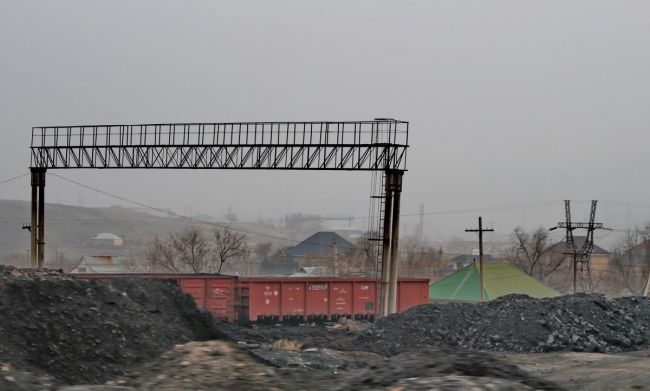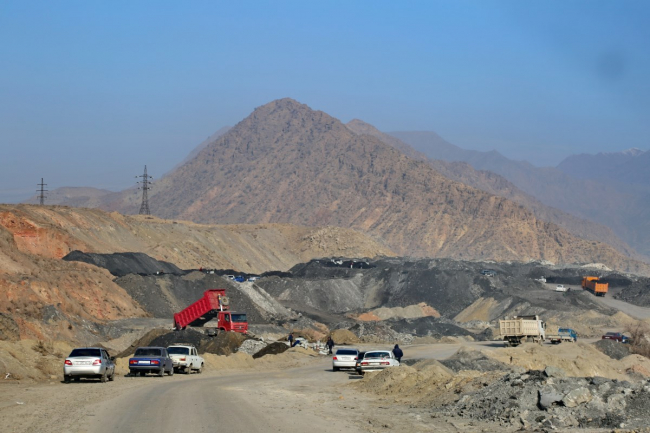The Garbage Dump of the City of Kerben
41°28’9″N 71°46’4″E Unauthorized dumps are one of the significant factors of pollution, negatively impacting natural components: the atmosphere, water sources, soil, and plant and animal life. By being placed directly on the soil cover, dumps remove a significant portion of land from agricultural use and the biosphere, introducing pollutants into them. When waste placed in unauthorized dumps ignites, toxic and poisonous substances are released into the atmosphere. Atmospheric precipitation










